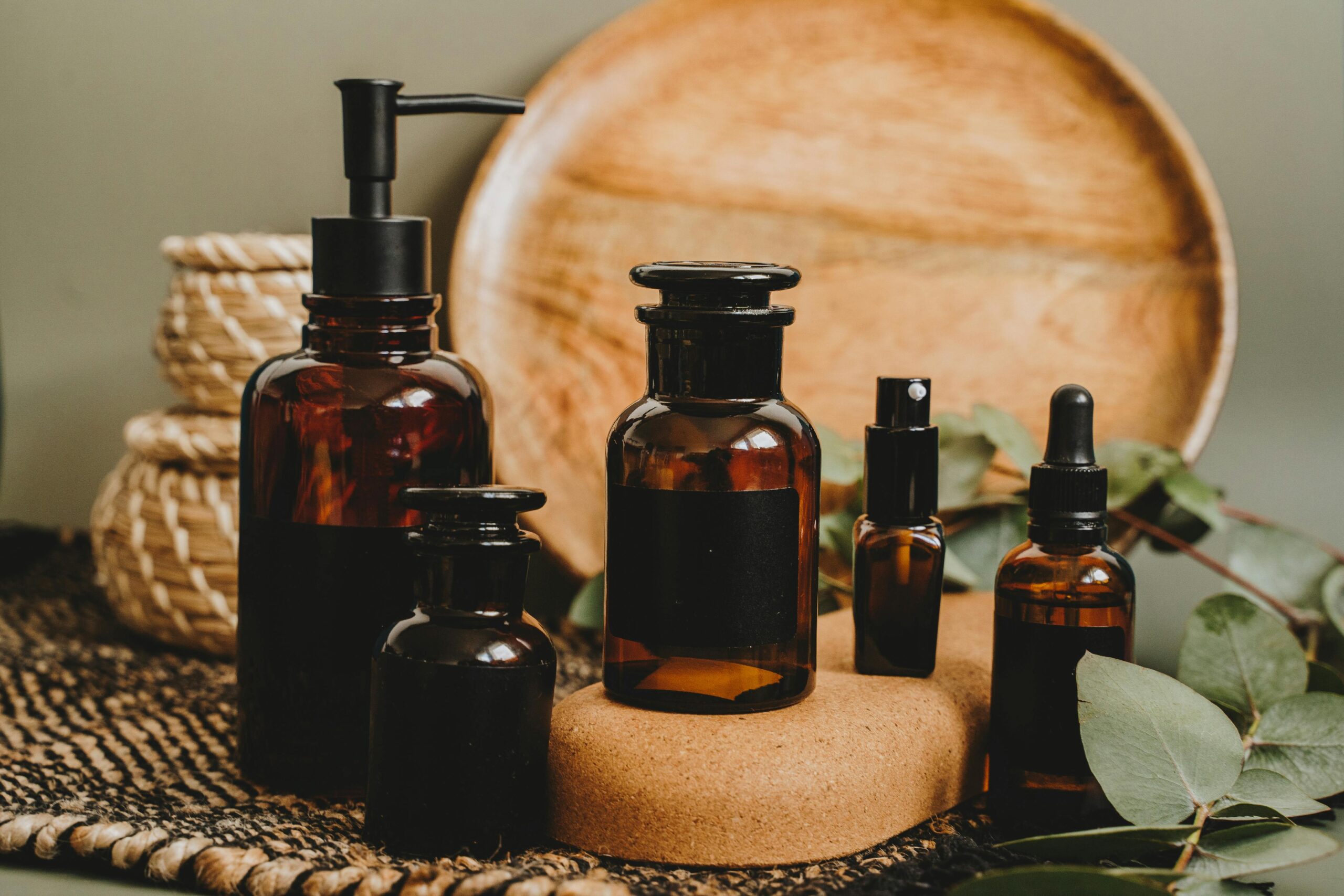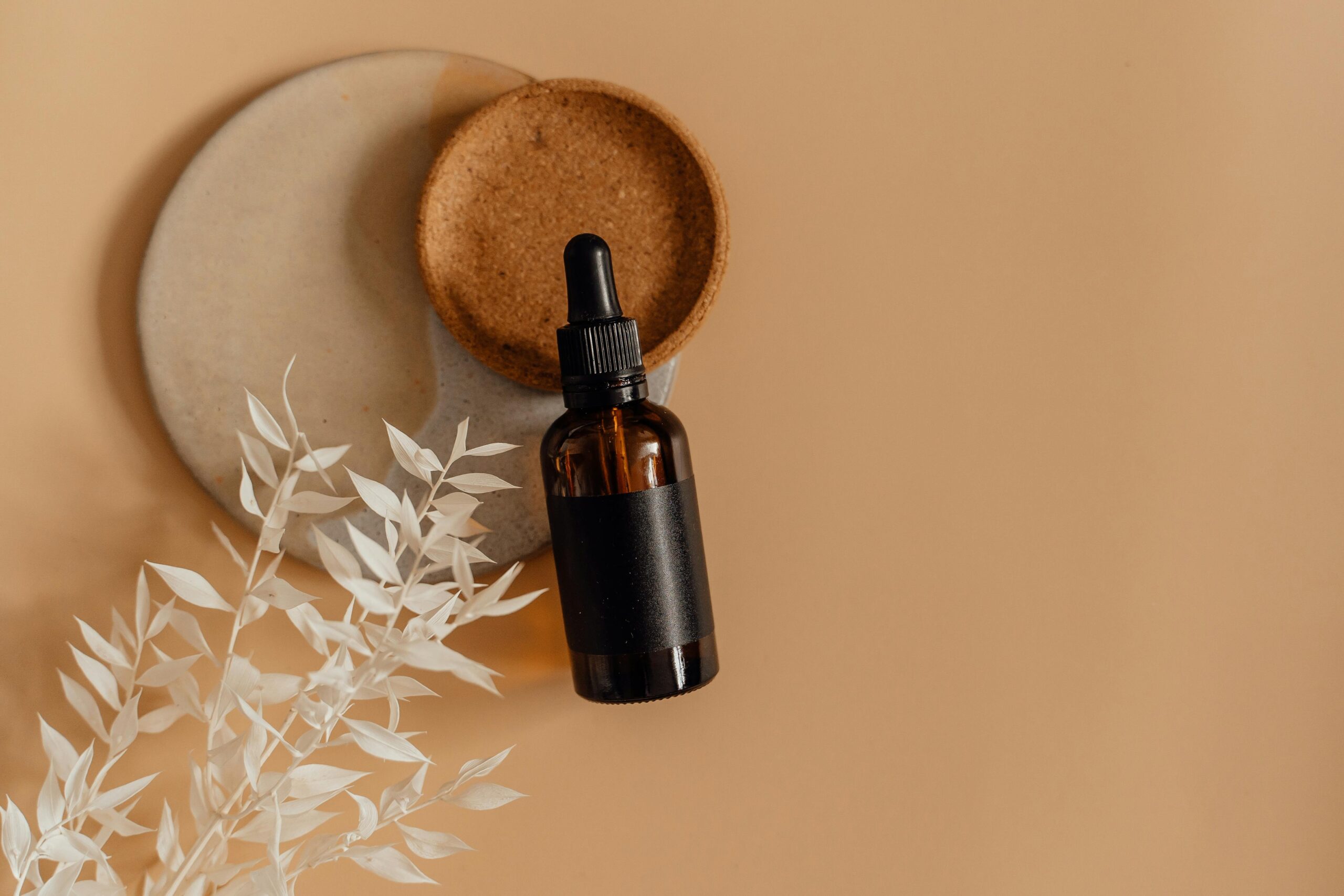Aromatherapy is a powerful way to enhance your yoga practice. By using essential oils for relaxation and focus, you can create a more immersive and beneficial experience. Today, we’ll explore the best essential oils for yoga and meditation, how to use them, and review some top aromatherapy diffusers and candles.
Best Essential Oils for Yoga and Meditation
Choosing the right essential oils for diffusers can significantly impact your yoga sessions. Here are some top picks.
-
Lavender
Lavender is renowned for its calming properties, making it a popular choice for reducing stress and anxiety. This versatile essential oil has been used for centuries in aromatherapy to promote relaxation and improve mood. Its gentle, floral scent can help soothe the nervous system, making it easier to unwind after a stressful day. Lavender oil is often used in diffusers, bath products, and massage oils to create a tranquil atmosphere. Scientific studies have shown that lavender can decrease cortisol levels, the body’s primary stress hormone, which helps reduce the symptoms of anxiety. Additionally, it can improve sleep quality by promoting a sense of calm, making it an excellent choice for those struggling with insomnia or restless nights.
Peppermint
Peppermint oil is an invigorating scent known for its ability to enhance focus and clarity. Its refreshing and minty aroma can stimulate the mind and increase alertness, making it a great choice for use during tasks that require concentration and mental sharpness. Peppermint oil can be diffused in your workspace or applied topically (diluted with a carrier oil) to the temples and wrists for an immediate boost in energy and concentration. Beyond its cognitive benefits, peppermint oil is also known for its cooling and soothing properties, which can relieve headaches and muscle tension. Its versatility makes it a valuable addition to your essential oil collection, particularly for times when you need to stay sharp and attentive.
Eucalyptus
Eucalyptus oil is highly valued for its respiratory support and ability to clear the mind. Its strong, fresh, and camphoraceous scent makes it an effective decongestant, helping to open airways and improve breathing. This makes eucalyptus oil particularly beneficial during cold and flu season or for individuals with chronic respiratory conditions such as asthma or sinusitis. Eucalyptus oil can be added to a diffuser or a bowl of hot water for steam inhalation to relieve nasal congestion and promote deep breathing. Additionally, its invigorating aroma can help enhance mental clarity and reduce mental fatigue, making it an excellent choice for times when you need to clear your mind and focus.
Frankincense
Frankincense oil is often associated with grounding and spiritual connection. Its rich, woody scent has been used in religious and spiritual practices for centuries to promote a sense of inner peace and connection. Frankincense is believed to enhance meditation and mindfulness practices by helping to quiet the mind and deepen the sense of presence. In addition to its spiritual benefits, frankincense oil also has anti-inflammatory and skin-rejuvenating properties. It can be added to skincare routines to reduce the appearance of scars and fine lines, making it a valuable oil for both spiritual and physical well-being. Its calming and centering effects can help reduce feelings of anxiety and stress, making it a well-rounded addition to any essential oil collection.
Author’s choice: Nikura essential oils offer a wide range of benefits, making them ideal for any yoga practice.

How to Use Aromatherapy in Your Yoga Practice
Choosing the right aromatherapy diffuser can elevate your yoga and meditation experience by creating a soothing and conducive environment. Here are some top-rated options to consider:
- Aromatherapy Diffuser: Add a few drops of your favorite essential oils to an aromatherapy diffuser. Place it in your yoga space to create a calming or invigorating atmosphere.
- Aromatherapy Candles: Light aromatherapy candles infused with essential oils. They provide a gentle scent that enhances relaxation and focus.
- Topical Application: Mix essential oils with a carrier oil. Apply to your wrists, neck, or temples before your practice. Always do a patch test first to avoid any skin irritation.
- DIY Essential Oil Sprays: Combine water and essential oils in a spray bottle. Mist your yoga mat and surrounding area for a refreshing and uplifting scent.
Reviews of Essential Oil Diffusers
Choosing the right aromatherapy diffuser can elevate your yoga and meditation experience. Here are some top-rated options:
-
Ultrasonic Diffusers
Ultrasonic diffusers are popular for their quiet operation and efficiency. They use water and ultrasonic waves to disperse essential oils into the air, producing a fine mist that carries the aroma throughout the room. This type of diffuser often doubles as a humidifier, which can be beneficial in dry climates. Many ultrasonic diffusers come with LED lights that can change colors, adding a visual element to your ambiance and enhancing the overall relaxation experience. Some models also offer adjustable mist settings and timers, allowing you to customize the diffusion to your preference. The gentle, consistent diffusion of essential oils makes ultrasonic diffusers ideal for prolonged use during yoga and meditation sessions.
Nebulizing Diffusers
Nebulizing diffusers are considered one of the most powerful types of aromatherapy diffusers. They do not require water or heat, instead using an atomizing nozzle to break down essential oils into tiny particles, which are then dispersed into the air as a concentrated mist. This method ensures that you receive the purest form of essential oil benefits, making it ideal for those who want a more intense aromatherapy experience. Nebulizing diffusers are particularly effective in larger spaces and for those who seek strong, therapeutic effects from their essential oils. These diffusers often have adjustable intensity settings, allowing you to control the amount of oil diffused.
Heat Diffusers
Heat diffusers are a simple and affordable option for aromatherapy. They use a small candle or an electric heat source to gently warm the essential oil, causing it to evaporate into the air. While they may not be as powerful or versatile as ultrasonic or nebulizing diffusers, heat diffusers are perfect for smaller spaces and short sessions. They are often compact and portable, making them easy to move around as needed. Heat diffusers can create a cozy and intimate atmosphere, especially when used with a candle, adding a warm glow to your space. However, it’s important to note that using heat can alter the chemical composition of some essential oils, potentially reducing their therapeutic benefits.
DIY Essential Oil Blends for Different Needs
Creating your own essential oil blends allows you to tailor your aromatherapy to your specific needs. Here are a few recipes to try:
- Relaxation Blend: 3 drops lavender, 2 drops chamomile, 2 drops bergamot.
- Focus Blend: 3 drops peppermint, 2 drops rosemary, 2 drops lemon.
- Energizing Blend: 3 drops eucalyptus, 2 drops orange, 2 drops ginger.
- Grounding Blend: 3 drops frankincense, 2 drops cedarwood, 2 drops sandalwood.
Simply add these blends to your aromatherapy diffuser or mix with a carrier oil for topical use.
Conclusion
Incorporating aromatherapy into your yoga practice can transform your sessions. Using essential oils for diffusers, like Nikura essential oils, and aromatherapy candles can create a perfect environment for relaxation and focus. Whether you choose an aromatherapy diffuser or aromatherapy candles, these tools will enhance your wellbeing and yoga experience. Start exploring the benefits today and see how these simple additions can make a big difference.
Click here to explore more yoga & wellbeing content!



